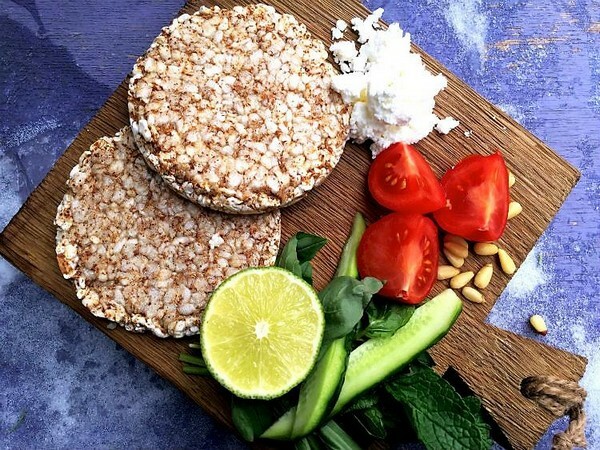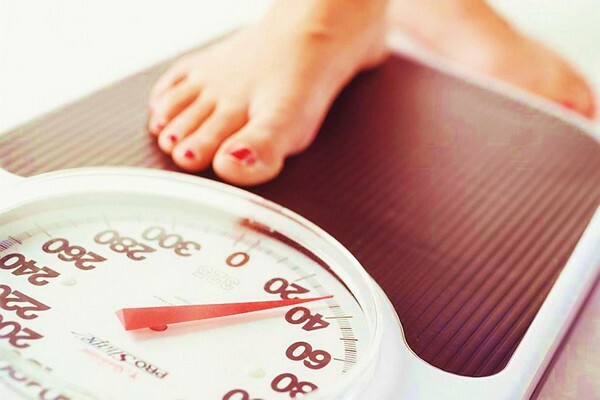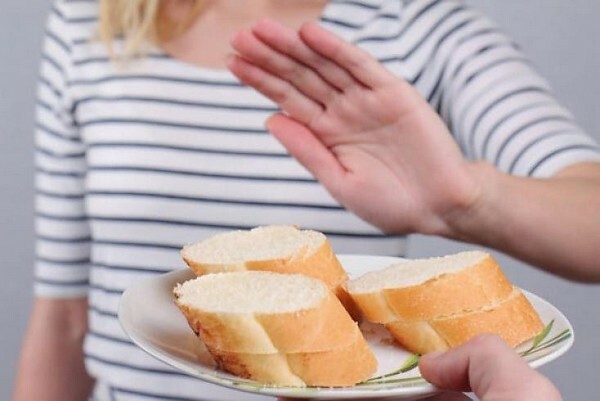- Process for the manufacture of
- Composition and nutritional value of
- Effect on the body
Buckwheat breads are increasingly found in various diets and gradually replace the bread of many adherents of healthy nutrition from the diet. They have a neutral taste and are quite hearty, and therefore allow you to quickly quench the feeling of hunger. But how useful is this product and can its use cause harm?

The manufacturing process of
Buckwheat breads are made from whole grains. First, the groats are soaked for 12 hours, after which they are processed by extrusion. Extrusion is called a short high-temperature process, in which the product is heated and under the influence of mechanical forces, its plasticization, compression occurs.
Please note! Under the influence of high temperatures and pressure, the complex molecular components of the grain are converted into simpler ones, which subsequently more easily give their energy to the body and are better digested!
The extrusion of buckwheat and its transformation into breads is somewhat similar to the process of making popcorn: under the influence of high temperatures, the moisture contained in the product is almost instantly converted to steam, which literally breaks the seeds from the inside, after which they are collected under pressure into a single dense mass.
Real buckwheat bread made with the above method is an absolutely "pure" product. This is due to the fact that in the process of preparation neither sugar, nor yeast, nor any chemical additives are added.
Ingredients and Nutritional Value of
Whole grains of buckwheat are preserved in breads, and fiber is one of the main ingredients. Dietary fibers act as key substances necessary for normalization of work and maintenance of intestinal microflora. They like a sponge absorb slag, toxins and other harmful products and remove them from the body. In addition, due to the high level of fiber in the intestine, less intensive absorption of consumed food occurs, that is, as a result, the assimilated portion of calories is less than it was used with food.
In addition to cellulose, buckwheat bread contains:
- polyunsaturated fats;
- slow-assimilating proteins;
- vitamins of group B, A, E, PP;
- mineral substances - iron, calcium, potassium, sodium, magnesium, phosphorus.
However, the calorie content of this product is quite high and is about 250 kcal per 100 g of product. And often it is the high nutritional value that makes you think: so what's the difference between bread and fresh bread, because the number of calories for these two products is almost the same.
Note!100 g of fresh bread contains about 260 kcal!
And the difference is that buckwheat bread, unlike fresh bread, contains in its composition extremely complex carbohydrates, the splitting of which takes quite a long time. And in the process of splitting, they are converted into monomers, which are as uniformly absorbed into the bloodstream. As a result, the body receives the optimal portion of monosaccharides - just as much as is needed at the moment in order to fill the energy costs and not get an extra glucose, which eventually transforms into fatty deposits.

Influence on the body
Buckwheat, due to its unique biochemical composition, is called "queen of croup", and therefore bread made from it, are considered the most useful and are almost the mostpopular. And if you watch your diet and generally lead a healthy lifestyle, then this product must be on your table.
The beneficial effect of buckwheat loaves on the body is manifested not only in the form of purification, but also by choleretic action. In addition, this product helps in the assimilation of fats and with proper use provides prevention of constipation.
Thanks to the presence of folic acid, natural bread made from buckwheat, provide a woman's body during pregnancy with a sufficient dosage of this substance, which, in turn, is responsible for the laying of the future child of the nervous system, and also prevents the development of pathologies of the neural tube and brain. In addition, folic acid improves hematologic parameters.
Vitamins and other biologically active substances present in buckwheat breads stimulate the digestive process and help in the assimilation of food. And with the regular use of this product there is a positive dynamics in the therapy of certain diseases of the gastrointestinal tract.
Note! However, despite this dieticians do not recommend completely replacing bread with buckwheat bread! And with dysbiosis, obesity and atherosclerosis it is allowed only for a while to exclude regular bread from the diet or only to limit its consumption!
Buckwheat, and therefore bread made on its basis, does not contain gluten-gluten, which, according to some estimates, practically every third person can have negative immune reactions.
And in individuals with a typical, atypical and latent form of celiac disease, the body is not able to completely break down this substance, which causes the formation of toxic components that severely damage the internal walls of the intestine. A buckwheat bread can replace not only wheat and rye bread, which are made from gluten-containing cereals, but also cookies and other similar products.

Since there are no yeast or sugar in the buckwheat loaf, they can easily participate in diets aimed at reducing body weight. They will be perfectly combined with cottage cheese, fruit, and vegetables, and therefore the effectiveness of such a diet for weight loss can be very high.
Important! Only buckwheat bread is not able to completely solve the problem of excess weight, since the body needs both proteins, carbohydrates, and fats every day, and therefore it is not only possible but also necessary to combine them with the above products. Only pre-consult a dietician!
Contraindications
Despite the obvious and rather great benefit of buckwheat loaves, there are situations when their use can cause and harm.
- To direct contraindications is an individual intolerance and an allergy to buckwheat groats.
- The use of the product will be very quickly reduced by excessive use.
- If you use such loaves in a diet designed for weight loss, then do not forget to monitor the consumption of calories - whatever it is, but buckwheat bread has a sufficiently high nutritional value.
- During their consumption it is necessary to observe a sufficient drinking regime - at least 1.5-2 liters of water per day. Otherwise, you can provoke constipation.
- Buying buckwheat bread, do not forget to carefully study the composition prescribed on the package. Recently, on the shelves are increasingly found products that, in addition to buckwheat, contain flavor additives, fragrances and other not very useful components that can harm the body.
